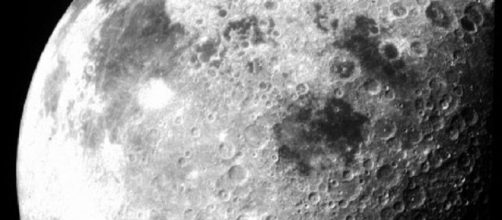India is engaged in a curious race to the moon. In one corner, Team Indus, India’s entrant for the Google Lunar Xprize, is scheduled to land a rover on the Lunar Surface by March 2018. In the other corner, the ISRO, India’s space agency, has announced that it intends to launch the Chandrayaan 2 to the moon in the same month.
Team Indus has a tiny rover and lander
Team Indus has developed a six-kilogram rover that it intends to deliver to the lunar surface on a 600-kilogram lander. The goal is to move the rover 500 meters from the landing site and return high definition video and images from the lunar surface, thus winning the XPrize.
Team Indus has a contract to launch on a PSLV rocket from the Sriharikota launch facility on an island in the Bay of Bengal. Incidentally, the same rocket will carry the lander and rover from the Japanese Google Lunar XPrize team, Team Hakuto.
The ISRO lunar mission has an orbiter, lander, and rover
In the meantime, ISRO is planning to launch the Chandrayaan 2 on a GSLV Mk 2 rocket, also from Sriharikota. Chandrayaan 2 will consist of an orbiter, a lander, and a rover and will weigh 3,250 kilograms. It will insert into lunar orbit. Then the lander and rover will separate from the orbiter and then land on the lunar surface.
India as a space power in the scramble for the moon
In ten short years, ever since the Chandrayaan 1 entered lunar orbit, India has become a significant space power.
Since its first lunar mission, ISRO has also launched a successful mission to Mars, which is still ongoing.India has also launched numerous commercial and scientific satellites into Earth orbit. The Indian space effort has been marked by its relatively small cost as compared to efforts by other nations. For example. Chandrayaan 1 cost just $80 million and Chandrayaan 2 is expected to cost $91 million. The Team Indus effort is projected to cost even less. By comparison, similar efforts by the United States and other space powers tend to cost in the hundreds of millions of dollars.
If either or both the Team Indus and ISRO lunar efforts succeed, India will become just the fourth country to land an object on the moon, after the United States, Soviet Russia, and China.
It will become a full participant in what is shaping up to be a worldwide effort to return to the moon, as much for its water and mineral wealth as for science and national prestige. India’s space program represents that country’s emergence as a technological power to be reckoned with.


